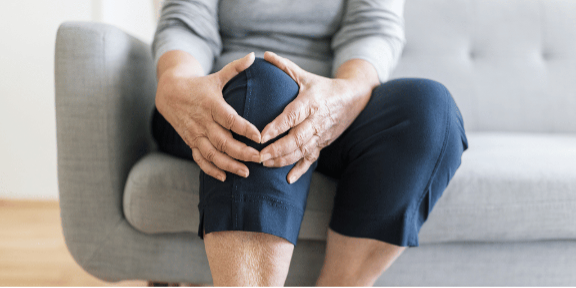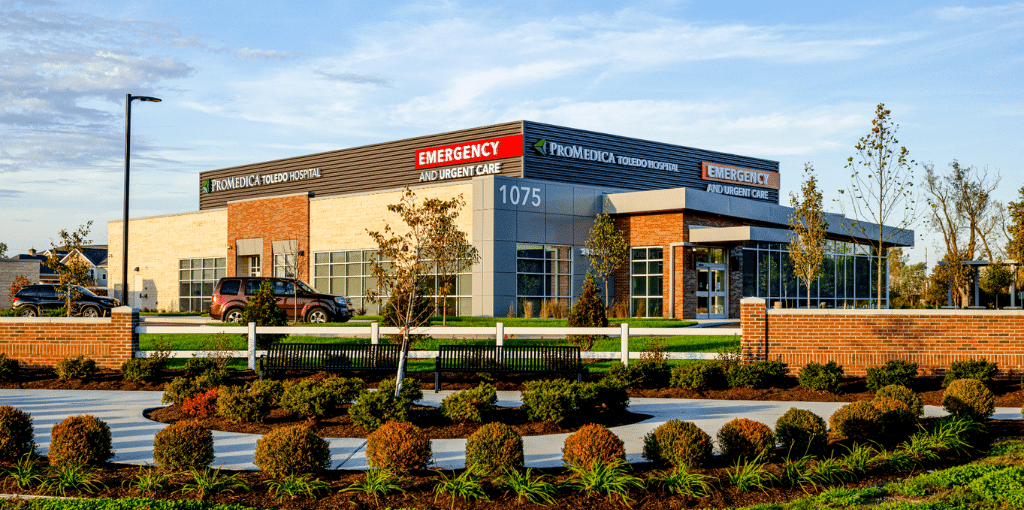Sprained Knee: Symptoms and Treatment
- Category: Blog
- Posted On:

Ligaments are crucial in holding the knee joint in place while providing mobility. When they are torn or stretched, the knee becomes unstable and painful. There are three grades of knee sprains requiring different kinds of treatment:
- Grade 1 sprains refers to a stretched ligament. This knee sprain injury is often nearly painless and won’t take long to heal.
- Grade 2 sprains are the result of partially torn ligaments. They are more painful, cause instability and take longer to heal.
- Grade 3 sprains mean the ligaments are completely torn, which may require surgery. This type of sprain has a recovery time of up to six months.
Sprained Knee Symptoms
Sprained knee symptoms vary according to grade but most often include the following:
- Pain.
- Instability.
- Bruising.
- Swelling.
- Limited range of motion.
Sprained Knee Causes
Over-straightening and overextending the knee joint can both cause a sprained knee. People who play contact sports are at risk of frequent knee injuries, including sprains, because it is easy to twist a leg or foot while jumping and running. Sprained knees are also common car accident injuries.

Sprained Knee Diagnosis
When a doctor wants to make a sprained knee diagnosis, a physical exam is necessary. The examination may be painful, but it helps determine whether the patient broke any bones or if they have torn ligaments. A doctor may also request imaging tests to establish torn ligament damage.
Sprained Knee Treatment
Treating a sprained knee includes the use of ibuprofen or other anti-inflammatory drugs. Note that anti-inflammatory drugs may cause adverse reactions in certain people. It is crucial to consult a doctor before taking any over-the-counter medicine.
Other treatment options include prescription pain medication and support devices such as splints or braces to keep weight off the injured knee.
For mild knee sprains, doctors recommend the RICE method as follows:
- Rest: An injured knee should rest as much as possible to speed up healing. When the knee begins to heal, gentle rotation exercises can help prevent stiffness.
- Ice: An ice pack applied to the knee for 15 minutes every hour can help decrease swelling and pain. It also helps prevent tissue damage.
- Compression: A bandage wrapped around an injured knee will help reduce swelling.
- Elevation: It is crucial to elevate the affected leg above heart level, if possible, to help relieve pain. Propping the leg up on pillows can help with elevation. There should not be a pillow under the knee.
Sprained Knee Prevention
Preventing a second knee sprain after the initial injury relies on slowly restarting exercise programs and wearing braces and splints as directed. Supportive shoes also help prevent knee injuries.

Visit ProMedica Toledo Hospital Emergency and Urgent Care for Sprained Knee Treatment
ProMedica Toledo Hospital Emergency and Urgent Care provides patients with quality care and services. Staff are ER-trained to determine patient conditions, and patients only pay for the level of service they receive – either ER or urgent care. The emergency department is open 24/7 and the urgent care clinic is open from 7 a.m. to 9 p.m. daily. You don't need an appointment. All walk-ins are welcome.
ProMedica Toledo Hospital Emergency and Urgent Care is located at 1075 Medical Center Parkway, Maumee, OH 43537.
